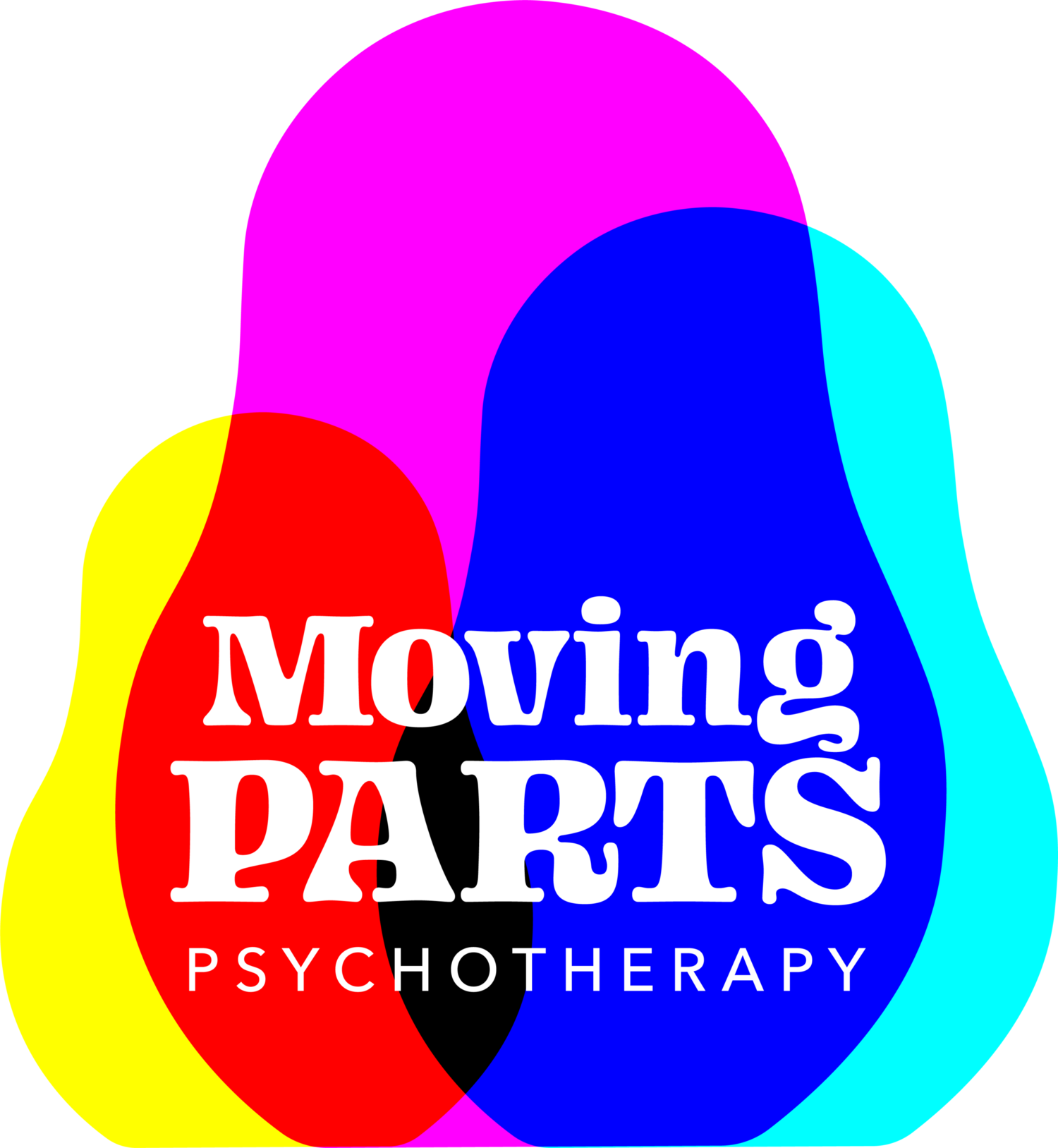The body in trauma therapy
With the popularization of Bessel Van Der Kolk’s “The Body Keeps the Score,” this trope has become common when we speak about trauma. What we mean when we say ‘the body keeps the score,’ is trauma is held in the body. It is the body that determines whether something registers as trauma, it is the body that responds to trauma in an attempt to protect us from threat, it is the body that responds to outside stimulus in an attempt to prevent future trauma from occurring. It is the body that must heal from trauma as much as (if not more than) the mind.
So why exactly does ‘the body keep the score’? When we experience trauma, the body launches in to threat response to best protect us. The nervous system is perceiving a life or death situation even if the situation is not life or death. In response to the threat of death, the nervous system launches in to fight, flight, freeze, or fawn. The body is flooded with cortisol and the response is launched without conscious awareness of what is happening. In this response, the memory of the trauma is stored incomplete or fragmented. Rather than a narrative memory, we hold implicit memory—or memory that we have a sense of but no declarative information. The body holds sense of the event. Along with memory coming through in body sense, we hold emotional memory, and may hold pieces of narrative memory. Trauma causes us to grow more sensitive to stimuli that reminds us of the trauma. This may be a scent, an image, a feeling, or even an emotion that was experienced at the time. This stimuli becomes our ‘triggers.’ When we sense trauma stimuli in the nervous system, the body perceives the trauma as taking place again and again launches in to fight, flight, freeze, or fawn to ward off threat. In a situation where actual threat is imminent, our trauma responses are our super power. When we are perceiving threat but it is not actually taking place, our trauma responses feel as though they get in our way.
Healing through the body
Because we experience trauma in the body, we must also heal through the body. The language of trauma is a language of sensation rather than words. If we hold memory implicitly, we must heal implicitly. While talk therapy can be helpful as we move through our story, make new meaning, and bring traumatic memory on-line while experiencing safety, healing must include the body because trauma impacts the body. When we don’t heal the body, what we don’t process can get further stuck, leading to physical ailment. We know that trauma puts us at higher risk for chronic illness.
When we heal through the body, we begin to listen to sensation. You might hear your therapist say, “what are you noticing inside?'“ meaning ‘what sensations are arising for you?’ A common body sensation we experience is butterflies in the stomach when nervous. When we slow down and notice, we begin to notice other sensation that comes through in the body—both pleasant and unpleasant. In healing, we move through the sensations we notice, following them with curiosity. We can also respond to sensation, following urges that arise in response. We might notice an urge to have a different experience in the body than the threat response that took place at the time of the initial trauma. Perhaps we notice an urge to run, or take up space with our arms, or push against hands to push someone away. We can move through these responses while the traumatic memory is on-line, creating a new experience and completing the memory that was left unfinished or fragmented.
Trauma therapies that include the body
Many trauma therapy modalities include the body. Somatic Experiencing, created by Peter Levine, touches in to body sensation rather than story content to move through and complete trauma. It can even include touch work, where a clinician places a hand on the client’s body (with consent) to offer support. Sensorimotor Psychotherapy is another modality that directly includes the body and aids clients in moving through body sensations and responses. In other modalities, such as EMDR, we bring body sensation on-line by checking in with clients and helping them notice what body sensation arises as we touch in to traumatic material. In Internal Family Systems therapy, we acknowledge and track parts of ourselves that function and hold jobs within our systems. We bring the body on-line by recognizing where parts show up within the body as sensation.
The body keeps the score, the body holds on to trauma, and the body heals, the body releases trauma, the body seeks safety.

